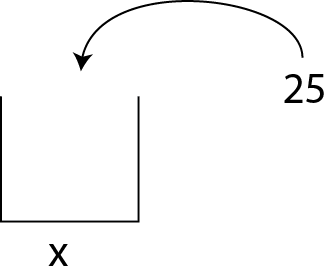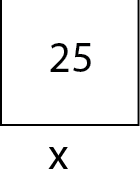(Built-In) Functions (p26)
Web browsers have various commands to make things happen called functions . They are like verbs in a sentence.
alert();is a function
document.write(); prompt();
are also a functions. You can identify a function by the use of parenthesis.
Often, you pass an argument to the function inside the parenthesis.
alert('hello world');
Functions generally do something complicated (than what you would expect a single line of code to do).
In the above example, hello world is an argument

You will learn how to define your own functions. The functions provide by the system are called built-in functions.
Notes


